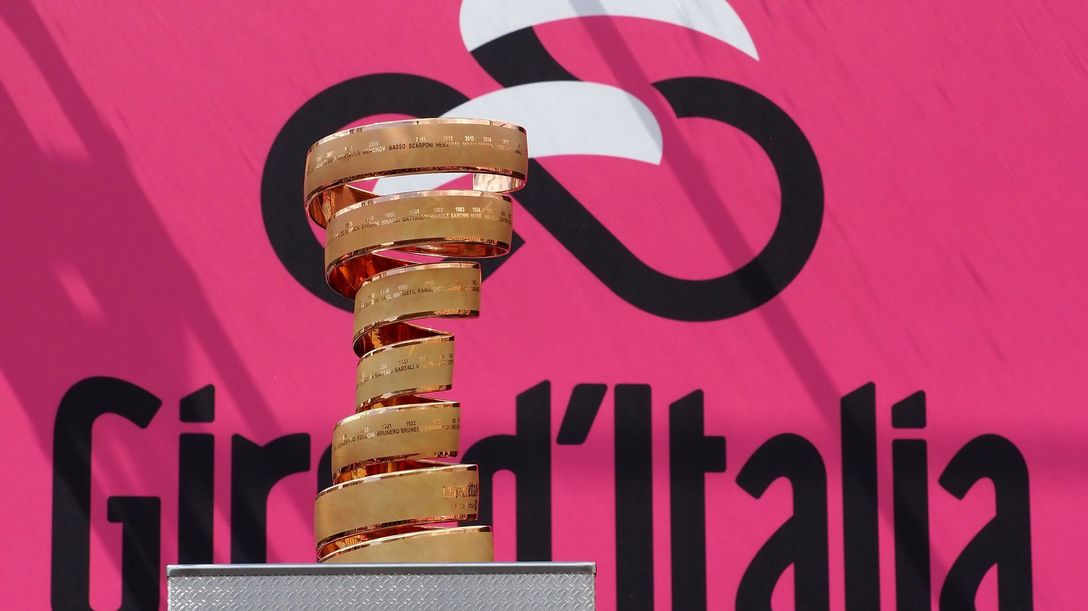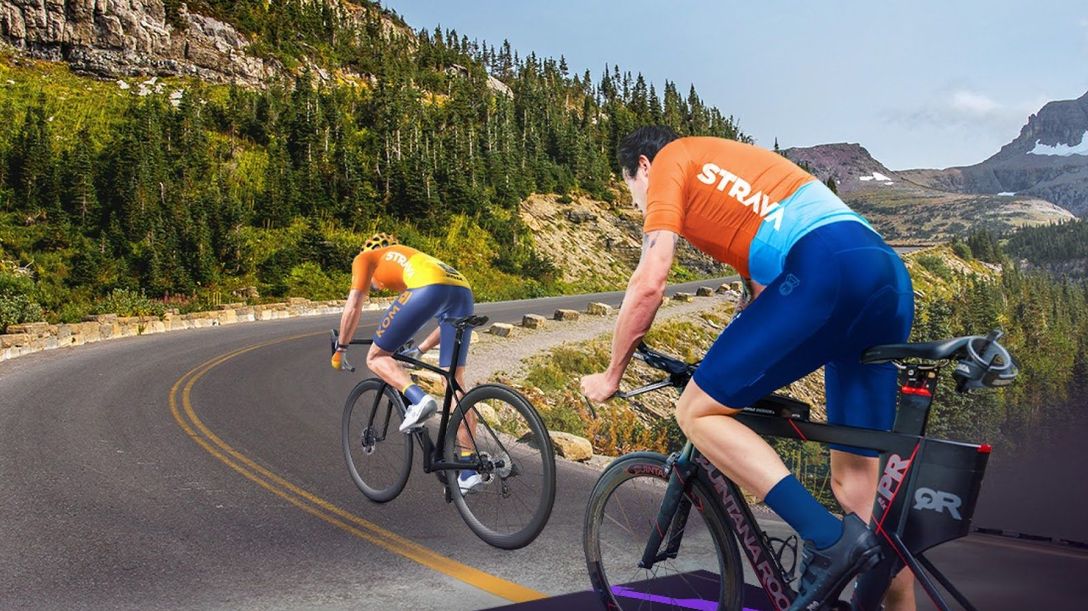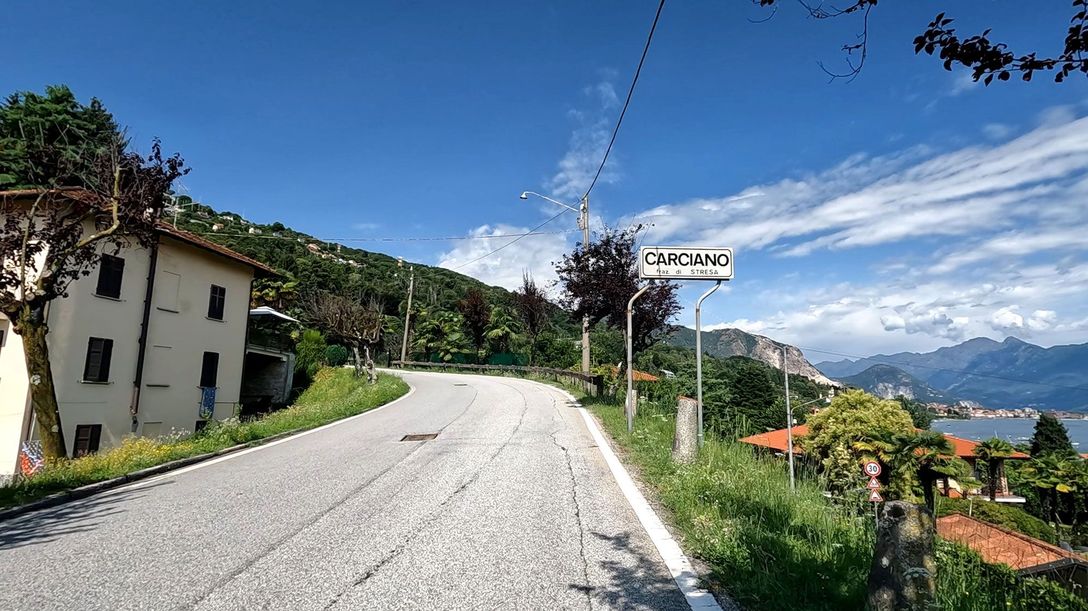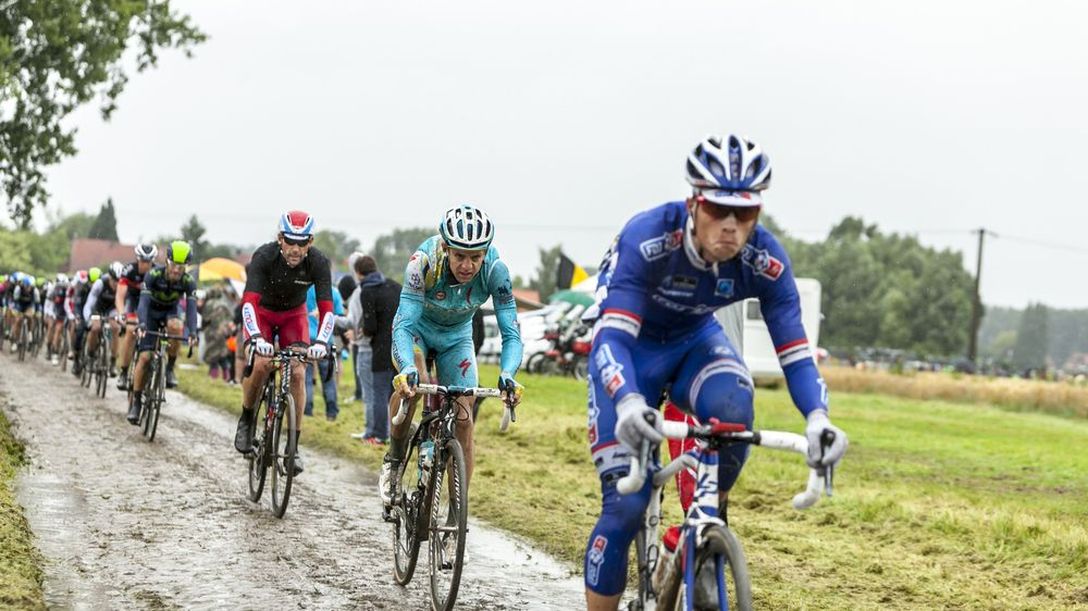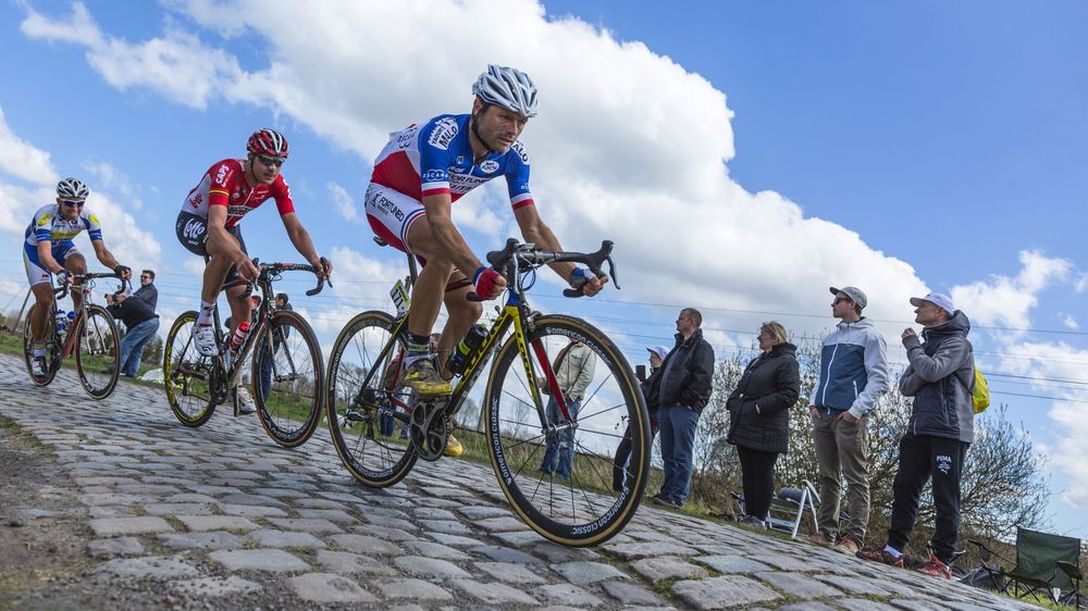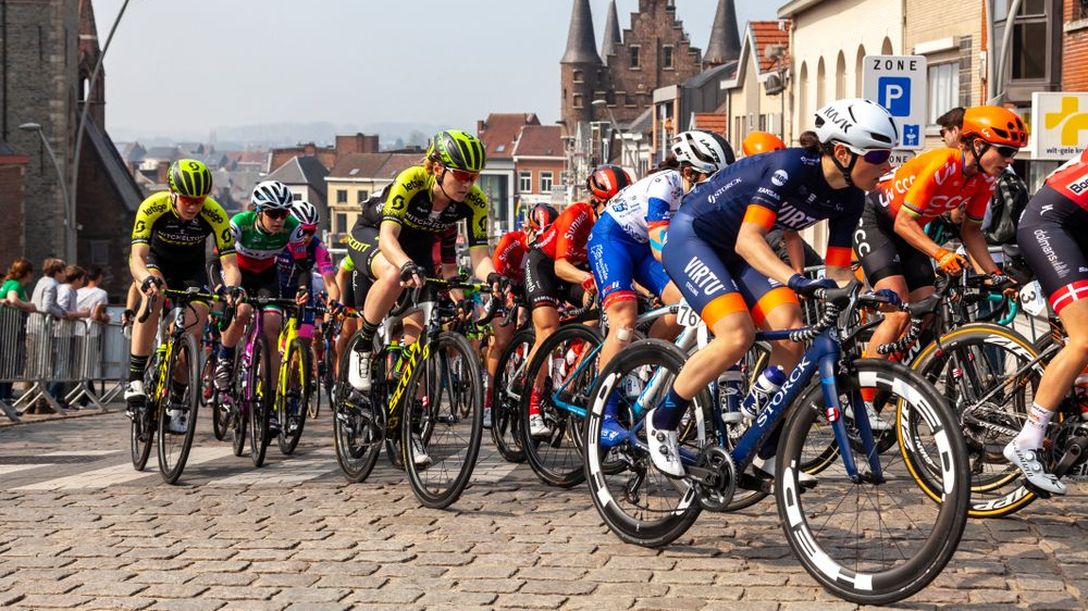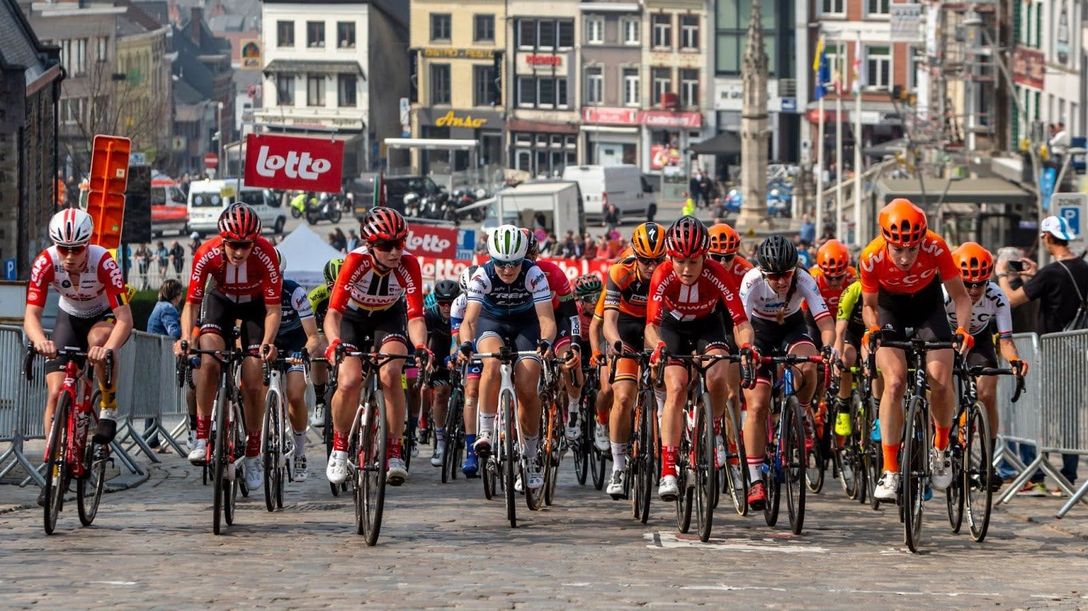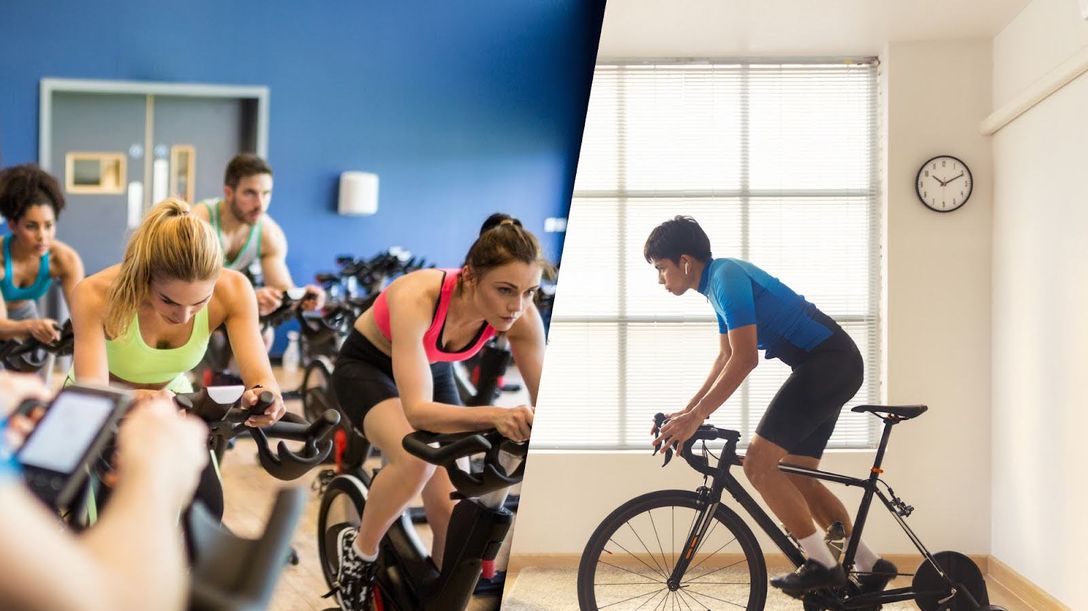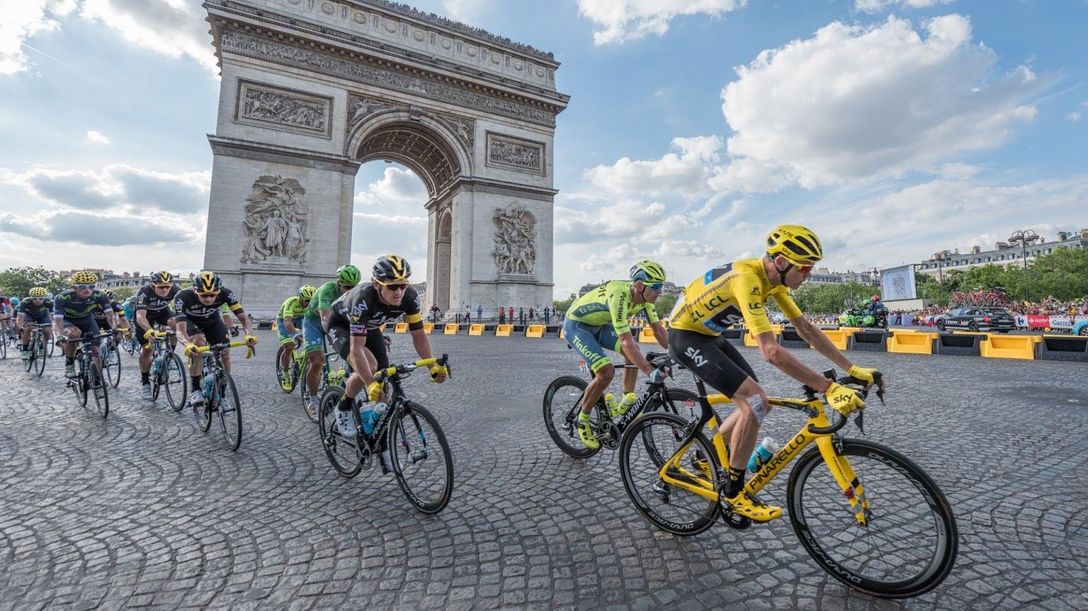4/18/2024 – Lauren Wolff
Immerse yourself in the magic of the Maglia Rosa
With the Spring Classics over, cycling fans can focus on the first exciting Grand Tour of the year, the Giro d'Italia in May. The Giro is a brutal multi-stage endurance UCI race and one of the three Grand Tours.

